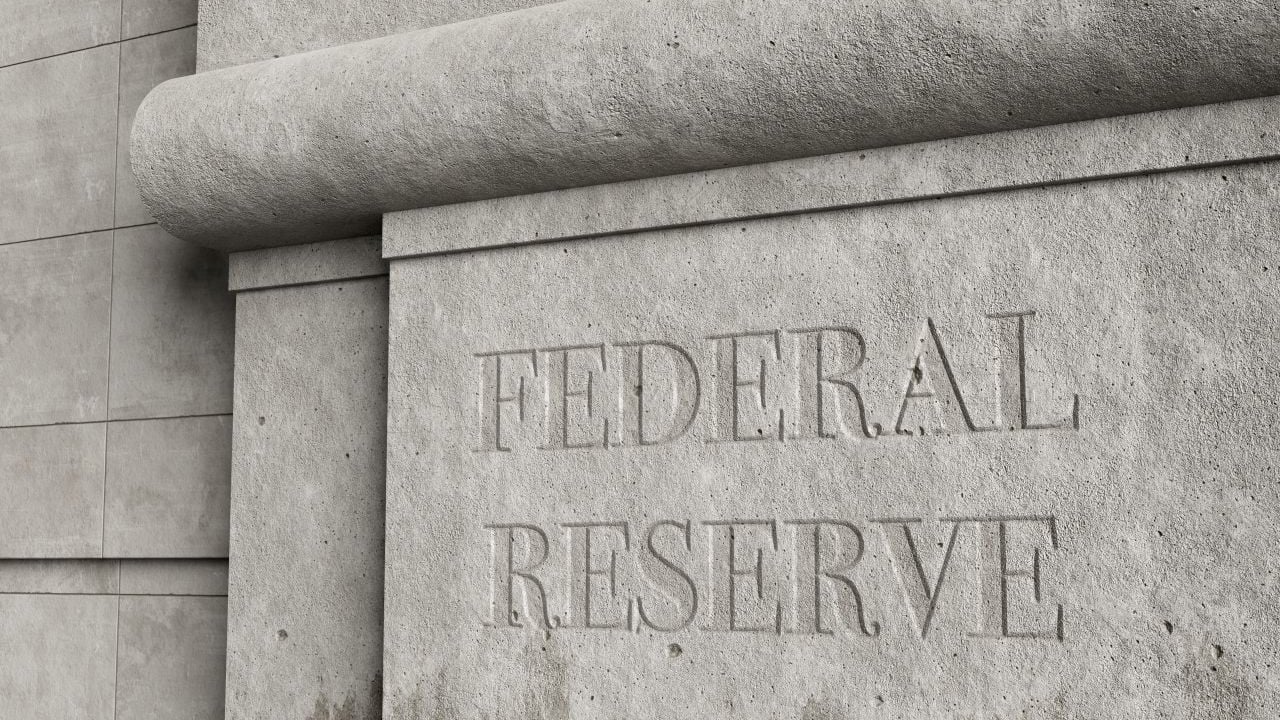Bitcoin’s Sideways Dance: A Market Held in Suspense by the Fed
The Fed’s Influence on Bitcoin: A Delicate Balance
Bitcoin, the world’s most prominent cryptocurrency, has been experiencing a period of relative stagnation, with its price movements constrained by the anticipation of the U.S. Federal Reserve’s decisions. This phenomenon is not merely a coincidence but a testament to the growing interdependence between traditional financial institutions and the cryptocurrency market. The Federal Reserve, as the central bank of the United States, wields significant influence over global financial markets through its monetary policy tools, particularly interest rates.
When the Fed raises interest rates, it makes borrowing more expensive, which can dampen economic activity and lead investors to seek safer havens, often away from volatile assets like Bitcoin. Conversely, when the Fed lowers interest rates, it stimulates economic growth and encourages investors to take on more risk, potentially driving up the price of Bitcoin. Currently, the market is keenly focused on whether the Fed will maintain, raise, or lower interest rates, with the high probability of the Fed maintaining the current rate doing little to alleviate the tension.
The Psychological Battle: Key Price Levels
Bitcoin’s price movements are not random; they are influenced by psychological barriers and historical price levels. The $26,000, $85,000, $70,000, $83,000, $76,000, $118,000, and $115,000 levels are not arbitrary numbers but represent areas where significant buy or sell orders have been placed. These levels serve as a visual representation of the market’s current state of indecision, with Bitcoin oscillating around these points like a pendulum.
The inability of Bitcoin to decisively break through these levels suggests a balance between buying and selling pressure, a tug-of-war between bullish and bearish sentiments. This indecision is a reflection of the market’s anticipation of the Fed’s decision, with investors preferring to remain on the sidelines until the Fed’s intentions become clear.
Institutional Interest: ETF Inflows as a Glimmer of Hope
Despite the prevailing uncertainty, there are signs of growing institutional interest in Bitcoin. The continued inflows into Bitcoin ETFs (Exchange Traded Funds) suggest that more investors are looking to gain exposure to the cryptocurrency through a more accessible and regulated avenue. ETFs provide a way for investors to participate in the Bitcoin market without the complexities of directly owning and storing the cryptocurrency.
However, even these positive developments are viewed with caution, as the market awaits the Fed’s decision. The impact of ETF inflows may be limited if the Fed’s actions trigger a broader market downturn. Nevertheless, the growing interest in Bitcoin ETFs is a positive sign for the long-term prospects of the cryptocurrency.
The Rate Cut Dilemma: A Double-Edged Sword
The possibility of a future interest rate cut by the Federal Reserve is a subject of intense debate within the crypto community. On the one hand, lower interest rates could stimulate economic growth and encourage risk-taking, potentially driving up the price of Bitcoin. On the other hand, a rate cut might also signal concerns about the overall health of the economy, leading investors to seek safer assets.
Moreover, the anticipation of a rate cut is already priced into the market to some extent. The slow rise of the Nasdaq and Bitcoin’s sideways movement reflect the market’s optimistic expectations for rate cuts. This suggests that the actual implementation of a rate cut may not have as significant an impact as some might expect.
Beyond the Fed: Other Factors at Play
While the Fed’s decisions undoubtedly play a significant role in shaping Bitcoin’s price movements, it’s crucial to remember that other factors are also at play. Macroeconomic data releases, regulatory developments, technological advancements, and even geopolitical events can all influence the cryptocurrency market.
For instance, fresh United States macroeconomic data prints have recently failed to move cryptocurrency markets, suggesting that the market is currently more focused on the Fed’s actions than on other economic indicators. However, this could change rapidly, particularly if the Fed’s decision is perceived as ambiguous or insufficient.
Conclusion: The Inevitable Resolution
Bitcoin’s current state of suspended animation, its price tethered to the pronouncements of the Federal Reserve, highlights the complex interplay between traditional finance and the emerging world of cryptocurrencies. The market’s anticipation reflects the understanding that the Fed’s decisions can have a profound impact on investor sentiment, risk appetite, and the overall flow of capital.
As the market awaits the Fed’s verdict, the future of Bitcoin hangs in the balance. Regardless of the Fed’s decision, one thing is certain: the period of uncertainty will eventually come to an end, and Bitcoin will either break free from its current constraints or succumb to the pressure. The only question is, which direction will it take? The answer, for now, remains elusive, shrouded in the same suspense that grips the entire market.





